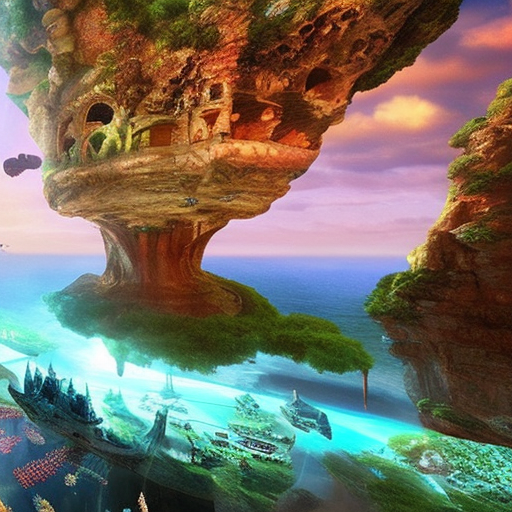Summary:
CGI, or Computer Generated Imagery, is a technology that allows artists and filmmakers to create realistic and fantastical visuals using computer software. It has revolutionized the film industry, enabling the creation of breathtaking visual effects, animated characters, and entire virtual worlds. CGI has become an integral part of modern filmmaking, enhancing storytelling and immersing audiences in new and imaginative worlds.
What is CGI?
CGI refers to the use of computer software to generate or manipulate visual content. It encompasses a wide range of techniques, including 3D modeling, animation, texturing, lighting, and compositing. CGI can be used to create realistic simulations of real-world objects or environments, as well as completely imaginary elements. It has applications in various industries, including film, television, video games, architecture, and advertising.
Evolution of CGI in Film
CGI in film has come a long way since its early days. In the 1970s and 1980s, CGI was primarily used for simple effects, such as wire removal and basic computer graphics. However, with advancements in technology, filmmakers began to experiment with more complex visual effects. One of the breakthrough moments for CGI in film was the release of “Jurassic Park” in 1993, which showcased photorealistic dinosaurs created using CGI. This film demonstrated the potential of CGI to bring impossible creatures and environments to life.
Applications of CGI in Film
CGI has become an essential tool in modern filmmaking, allowing filmmakers to create stunning visuals that were previously impossible. It is used to enhance practical effects, create realistic creatures and characters, and build entire virtual worlds. From epic battle scenes and massive explosions to fantastical creatures and breathtaking landscapes, CGI has expanded the possibilities of storytelling on the big screen.
Challenges and Limitations
While CGI offers immense creative possibilities, it also presents challenges and limitations. Creating realistic CGI requires a high level of technical skill and attention to detail. It can be time-consuming and expensive, often requiring a team of artists and technicians to bring a vision to life. Additionally, CGI can sometimes lack the organic feel of practical effects, leading to a sense of artificiality. Balancing CGI with practical effects is often crucial to maintaining a sense of realism and immersion.
The Future of CGI
As technology continues to advance, the future of CGI looks promising. With the advent of real-time rendering and virtual reality, CGI is becoming more interactive and immersive. Filmmakers are exploring new ways to integrate CGI seamlessly into live-action footage, blurring the line between reality and virtuality. Additionally, AI and machine learning are being used to automate certain aspects of CGI production, making it more efficient and accessible to a wider range of artists.
Conclusion
CGI has revolutionized the film industry, enabling filmmakers to create visually stunning and imaginative worlds. It has become an integral part of modern storytelling, enhancing the cinematic experience and pushing the boundaries of what is possible on screen. While CGI presents challenges and limitations, its continued evolution promises even more exciting possibilities for the future of cinema.












